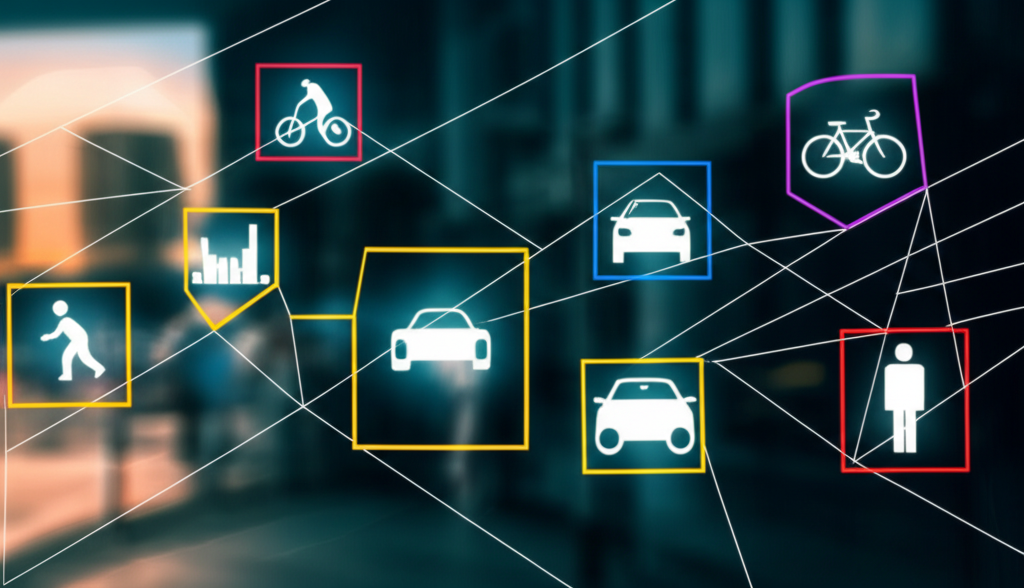Computer Vision: How We're Teaching Machines to See and Understand
The Power of Sight, Replicated
Computer vision, a field of artificial intelligence, has made breathtaking progress in its quest to enable machines to "see" and interpret the visual world with remarkable accuracy. Modern computer vision systems, primarily powered by deep learning architectures like Convolutional Neural Networks (CNNs), can now perform a wide range of visual recognition and analysis tasks with an accuracy that meets or even exceeds that of human experts in many domains. This ability is unlocking transformative applications across industries.
Key Tasks in Computer Vision
Computer vision encompasses a range of capabilities, from basic recognition to detailed scene understanding:
-
Image Classification: This is the most fundamental task: looking at an image and answering the question, "What is in this picture?" The system assigns a label to the entire image (e.g., "cat," "dog," "car," "landscape"). This is the building block for many more complex tasks.
-
Object Detection: This is a step further. Instead of just classifying the image, the system identifies multiple objects within it and draws bounding boxes around each detected object, along with a classification label for each. This is crucial for applications like autonomous driving (detecting pedestrians, other vehicles, traffic lights) and surveillance.
-
Image Segmentation: This is the most granular and computationally intensive task. The system classifies every single pixel in the image, allowing it to understand the exact shape, boundaries, and extent of every object or region of interest. This is used in medical imaging to precisely outline tumors or organs for diagnosis and treatment planning, and in industrial applications for defect analysis.
Real-World Applications Transforming Industries
The capabilities of computer vision are driving innovation and efficiency in numerous sectors:
-
Autonomous Vehicles: Self-driving cars use a sophisticated suite of cameras and computer vision algorithms to perceive their environment in real-time, identifying pedestrians, other vehicles, traffic lights, road signs, and lane markings to navigate safely and make critical driving decisions.
-
Medical Imaging Analysis: AI-powered computer vision systems can analyze X-rays, MRIs, CT scans, and other medical imagery to detect signs of diseases like cancer, diabetic retinopathy, or neurological conditions earlier and often more accurately than human radiologists, aiding in faster diagnosis and better treatment outcomes.
-
Manufacturing and Quality Control: On a high-speed production line, computer vision systems can inspect thousands of products per minute, identifying microscopic defects, anomalies, or assembly errors that would be impossible for a human worker to spot consistently. This ensures higher product quality and reduces waste.
RaxCore's computer vision research is focused on creating models that are not only highly accurate but also robust and efficient. We are developing systems that can perform reliably in challenging real-world conditions—such as low light, adverse weather (rain, fog), partial occlusion, and complex backgrounds—where traditional computer vision systems often fail. The next frontier is 3D vision and spatial understanding, which will allow machines to perceive not just 2D images, but the three-dimensional world around them, unlocking the next generation of robotics, augmented reality, and human-robot interaction.



